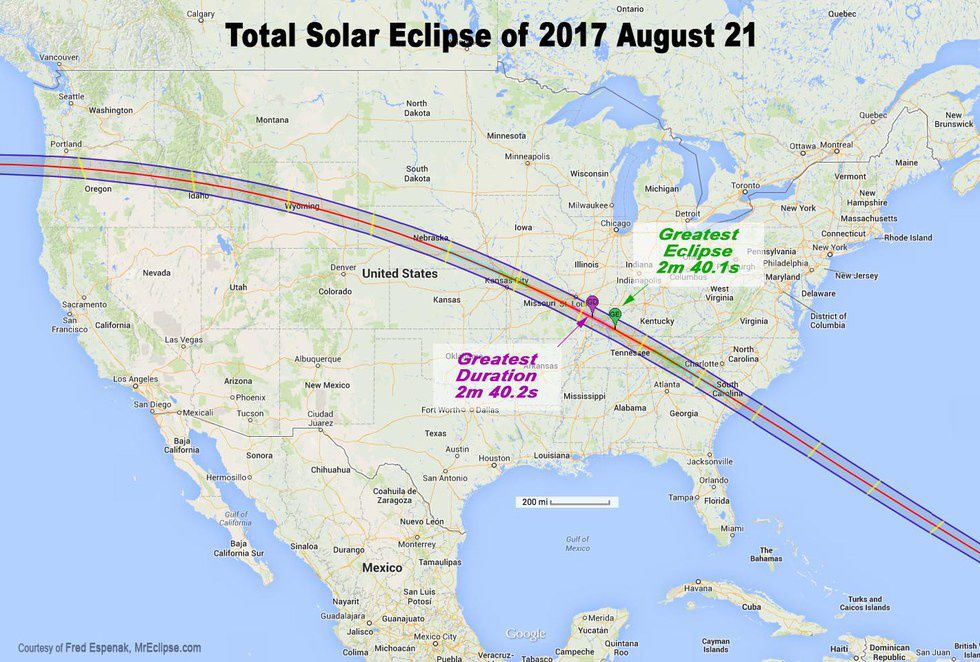Eclipses have captured humanity’s attention since the beginning of its history. Ancient mystics observed these eclipses and called them bad omens. In more modern history, scientists sought to explain why they happened. Eclipses have fascinated people in a way no other natural phenomena has. The sun and moon have been revered as symbols of the heavens. Heavenly bodies whose reach are far beyond us, but whose sight still graces us. To see them go dark without knowing why both terrified and confounded our ancestors.
With the power of science, we now know there is no reason to fear an eclipse. In fact, if the moon’s orbit were tilted 5 degrees less compared to the earth’s orbit, we would see a total solar eclipse every month. Solar eclipses happen when there is a new moon. Under correct conditions, the moon will block the sun and reveal the corona—a bright aura that surrounds the sun. The corona is usually filtered out by light coming directly from the sun.
There are different types of solar eclipses. An annular solar eclipse happens when the moon is far enough away from the sun to leave a ring of yellow visible. This ring of yellow obscures the corona, but it is still a sight to see. A partial solar eclipse occurs when the moon obscures only a section of the sun. A total solar eclipse is the best of the three, as the moon entirely encompasses the sun, allowing us to see the corona and the fiery red prominences (fiery sun gas explosion that makes a loop) along the sun’s surface.
Luckily, the eclipse of August 21, 2017 happens to be a total solar eclipse right here in the United States. It is important to note that a total solar eclipse is also accompanied by a partial eclipse. Only a narrow band of the world will ever be able to see any given solar eclipse. If you stray away from this band, the moon will no longer appear to cover the sun. People watching a small distance from this band will see a partial eclipse instead. NASA has created the picture below to show the band of the US that can see the total eclipse. The most prominent point of the eclipse just so happens to be in western KY. This might be the last time in our lives that a total solar eclipse is so close and convenient to see.




















